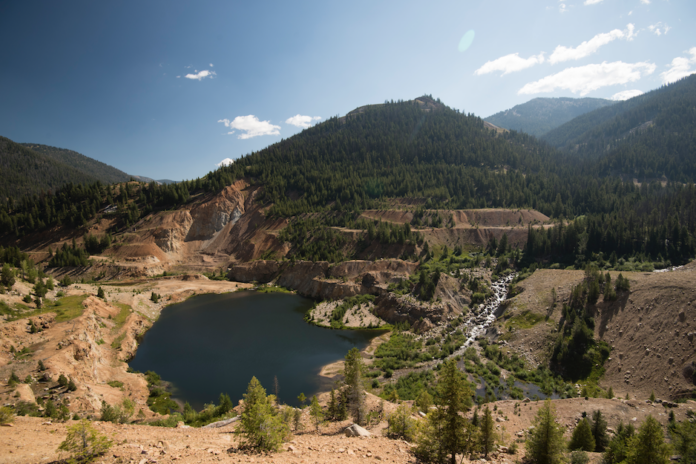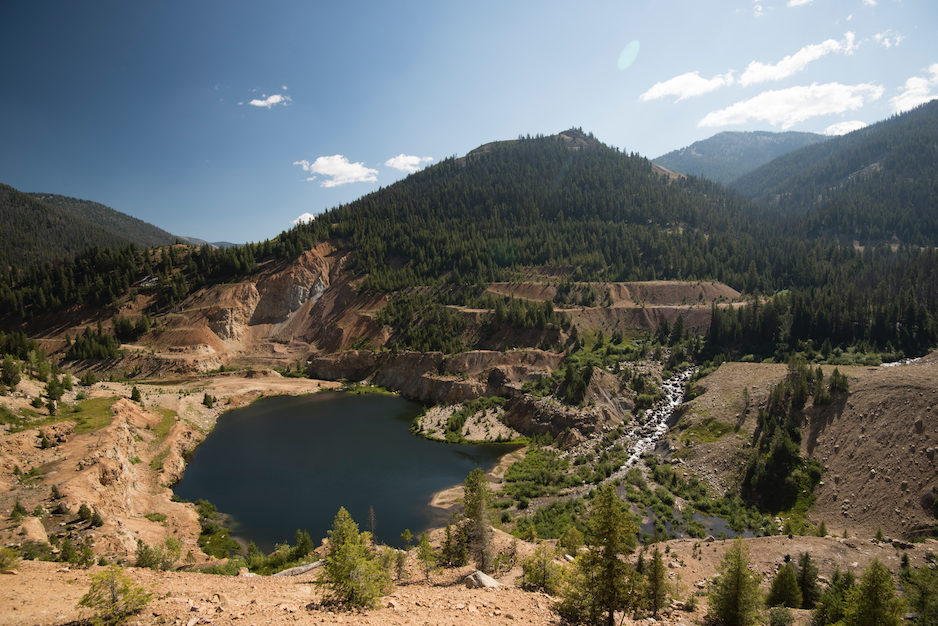A Stibnite Gold Projects permit is undergoing further review.
East of Yellow Pine in Valley County is the Stibnite Mine District. The district was mined for over a century but has long been closed.
Perpetua Resources’ Stibnite Gold Project would open the mine again. But before that can happen, Perpetua will need to secure several approvals and permits.
One of those is an air quality permit.
Idaho’s Department of Environmental Quality issued the air permit in June 2022. The following month, the Nez Perce Tribe, the Idaho Conservation League, and Save the South Fork Salmon challenged the permit, which was then sent to a court hearing officer for review.
Eventually, in 2023, the hearing officer put out a preliminary order siding with Perpetua and DEQ.
The petitioners appealed this to the Idaho Board of Environmental Quality, and a decision came in earlier this month.
Decision and response
The board moved to remand the permit to a hearing officer to collect more evidence surrounding the arsenic emission the Stibnite Gold Project would produce.
“Arsenic is a toxic pollutant and a carcinogen,” Bryan Hurlbutt a staff attorney, who represented the petitioners, said. “The board’s decision sends a strong message. Perpetua cannot bend the rules and disregard the risks from its proposed mine.”
Perpetua spokesperson Marty Boughton said this move has “no immediate implication” as the permit is needed to begin construction— this is not slated to start until next year.
Boughton said that the DEQ’s air permit for the project went through three years of review, multiple public comment periods, proposal improvements, and more.
“It goes without saying, creating a project that is protective of human health and the environment has always been at the heart of Perpetua’s mission and vision for the Stibnite Gold Project, and we’ll continue working with IDEQ to respond to this narrow additional review,” Boughton said.
Without donors like you, this story would not exist.
Make a donation of any size here
The project footprint is 1,740 acres. If everything goes as planned, there would be approximately three years of construction, 17 years of underground and surface exploration, 15 years of operations, and five years of reclamation.







